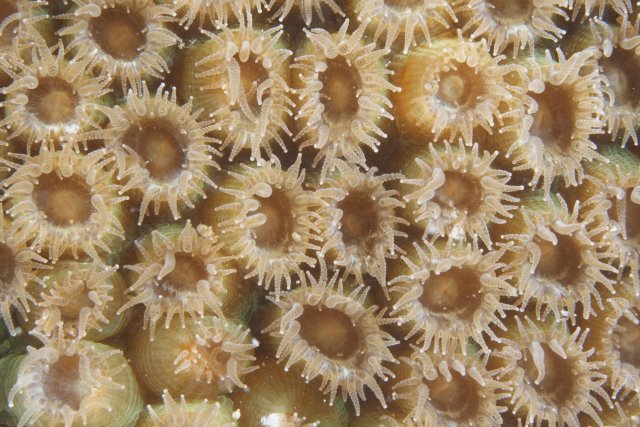Following Acropora tenuis, Acropora millepora may be the second most well-known Acropora species. Even though there is demand for SPS coral isn’t constant, it’s still a favorite and has a special spot inside our heart.
What makes them different? Or What is the difference? Acro is crucial because it is easy to spot them from a distance when snorkeling in a calm, shallow reef. They glow on the reef as magnets. Their large, long polyps create a fluffy, ethereal appearance, and their brilliant colors are unparalleled anywhere else in this Coral World.

Free Colonies
In low tide, the Acropora corals hang out of shallow, secure, clear, calm, and dark reefs. Their color is distinctive, and their tips are often two shades, and one of them being orange, axially separating them from the other corals in the colony.
The colony’s tips are devoid of golden brown zooxanthellae, which makes them lighter. The colony’s center is generally stunningly colored and features large, fluffy tentacles that are contrasting colors. Tentacles are typically green. However, they can also be red or white.
The colony’s color is a lighter pink, red, purple, lime, vibrant green, and gold orange. The rainbow of colors is covered. Acropora millepora is the sole coral species that has all colors.
AGRICOLES
Alongside its bizarre hue, this species amazes me with its precise form evolution, which allows it to create the ideal light trap and food in a compact and neat package.
My search for why the colony’s tentacles are always longer and stronger than those on its branches has increased my interest and appreciation for the development of coral. In a stream of water, the small branchings that look like the combs function as speed bumps, which gives the colony a flawless homogeneous corymbose structure. This allowed the colony to grow. Stopping it and creating a few tiny vortices can help particles drop into the polyps’ tentacles at the colony’s center.
Although the mostly autotrophic branches on the tips are the ones that get the most attention, the heterotrophic polyps beneath are busy receiving nourishment. Due to its flawless adaptation, attractiveness, and effectiveness, the Acropora is extremely common, broad, and growing rapidly.
Although I love it, the capacity as a farmer to make precise, tiny copies of the parent colony in dimensions as tiny as two inches wide and lasting about three months is the best feeling of satisfaction. Typically I wouldn’t say I like their appearance in the aquarium.
Even in tanks with incredible flow, the form of the colony is never as narrow, and the color isn’t similar to oceans. Unfortunately, the blue LED light can make coral’s hues of purple and pink to grey.
However, the specimen that is red and lime colors are more appealing under blue lighting than the water, even though it could be better. Because of the lack of strong flow, the colony’s shape cannot be corrected by a significant amount.
Hydro pumps and Gyres will soon resolve the issue of flow. However, the light issue requires further improvement.
As stated, it is an appliance for eating, and the food they consume determines their energy consumption. Therefore, improvements in feed and a pollution reduction are required.


